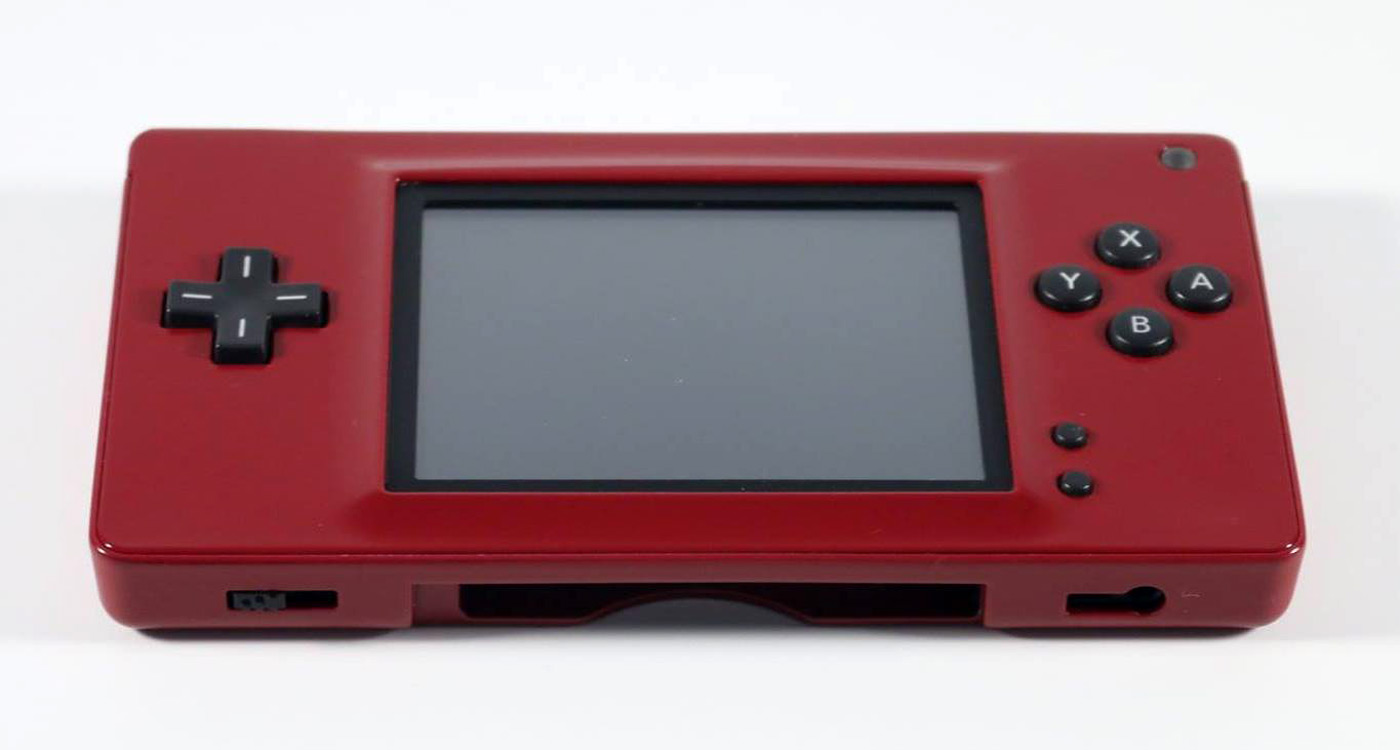

Pick an LED diode with the color of your choice (I use 3mm, 6-12v lights), a 300 ohm resistor and 30AWG gauge wire. Doing this greatly improves the screen quality and removes any yellowing or scratches there may exit. You may at this point completely remove the touch screen layer from the rest of the screen. Remove the two screes that attach the motherboard to the front of the DS Lite (where the D-pad and buttons are) and push on the screen from the outside to completely separate motherboard from shell.ĭetach the bottom screen from the motherboard and you should now have the motherboard of the DS Lite completely isolated. Once again, a spudge is very helpful for this. Remove the touch screen small ribbon connector by easily pulling it from the motherboard. Remove the top screen ribbon connector by popping up the black bracket that secures it and pulling it away from the connector. The white cable should immediately be isolated from motherboard upon disconnecting it. Route the black cable underneath the DS slot and isolate it from the motherboard. All you need is slight upward pressure and they should easily snap off. Step 3 – Isolate the motherboardįind the black cable on the WiFi module and the white cable next to it on the motherboard and use a spudge or something similar to remove them. Once the shell removed the back of DS Lite motherboard will be completely accessible. Don’t forget the single screw at the edge of the DS slot. Remove the two rubber covers on the top to get to the two screws there. Begin with the battery cover, remove the battery and remove the screws under the battery.
Gameboy macro driver#
Use a tri wing screw driver and a small phillips screw driver to remove the back of the bottom part of the DS Lite. These are often sold for parts and are the perfect candidates for a macro.
Gameboy macro cracked#
Nintendo DS Lites are notorious for broken hinges, cracked screens, and damaged shells. I was recently approached by Hand Held Legend to put together a brief, basic guide on how I build these and I gladly accepted. Not satisfied with this, I started making two speaker versions of my macros and this has become one of the most appreciated features of my builds. The other interesting I realized is that macros mostly had one speaker and the use of headphones was encouraged. When I started building these macros and posting the pictures, I realized how much people liked to personalize their handhelds, so I began creating many distinct color combinations and utilizing many different acrylic rods (the light tubes) to produce a stunning final result. The distinct feature of the “Neon Advance” is the light tube that adorns it between the hinge posts.Ī few months later, inspired by Joe Bleep’s masterpiece and motivated by YouTube channels like “ This Does Not Compute” and “ The Retro Future”, I began my modding journey and eventually got the confidence to build my first Game Boy Macro. I needed somewhere to put the switch, I thought I would kill 2 birds with one stone and convert the charge port to using a USB C port.In 2018 Joe Bleeps created the “Neon Advance” and I immediately fell in love with it! The “Neon Advance” is basically a Game Boy Macro – a modified Nintendo DS Lite that is meant to play Game Boy Advance Games.
Gameboy macro how to#
This guild is my favourate to follow it also shows you how to add speakers also. You will need to add the resistor like you would when building a normal gameboy macro XL. I slightly modified where I was going to be soldering too to make it easier.

I found a forum post for keeping the bottom screen with the schematic on what need to cut and where I needed to solder to HERE. If you are planning on keeping the top screen follow this forum thread HERE I decided to keep the bottom screen since it was the easier option. So there was 2 ways of doing this, You can ether keep the top screen and make a DMG 103 or keep the bottom screen and make a Gameboy Marco. I recently joined instagram, I was having a look around at all the amazing things people were doing, One thing that stood out as a DS phat that someone had turned into a Gameboy Macro XL but it had a switch so you could make the bottom screen display the top screen and also switch back to displaying the bottom screen.


 0 kommentar(er)
0 kommentar(er)
